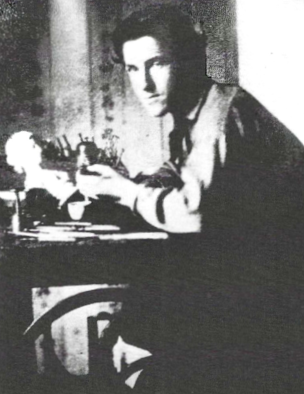In 2006, conservator Ralph Wiegandt flipped on his Zeiss Axio stereomicroscope and peered at the surface of an 1848 daguerreotype. The Cincinnati Public Library had entrusted him to clean its prize possession, a rare five-and-a-half-foot-long, eight-plate panorama photograph of the city’s waterfront. Working out of the George Eastman House in Rochester, New York, he found the image’s surface strewn with corrosive particles, as he had expected. But, at the same time, extraordinary details from the image jumped out at him: letters on a billboard, a face in a window. Black spots indeterminate to the naked eye magically resolved into wagons, groups of men, and laundry drying on a clothes line.
Eagerly, Wiegandt moved his microscope over to the Second Presbyterian Church’s clock tower in the panorama’s second plate. Librarians in 1947 had pinpointed the photograph’s date withmagnifying glasses and steamboat manifests to Sunday, September 24, 1848, but they couldn’t determine the time of day on the blurry clock face. Wiegandt adjusted the microscope, and the clock’s hands popped into focus: 1:55 p.m. No one had ever seen these details before.

